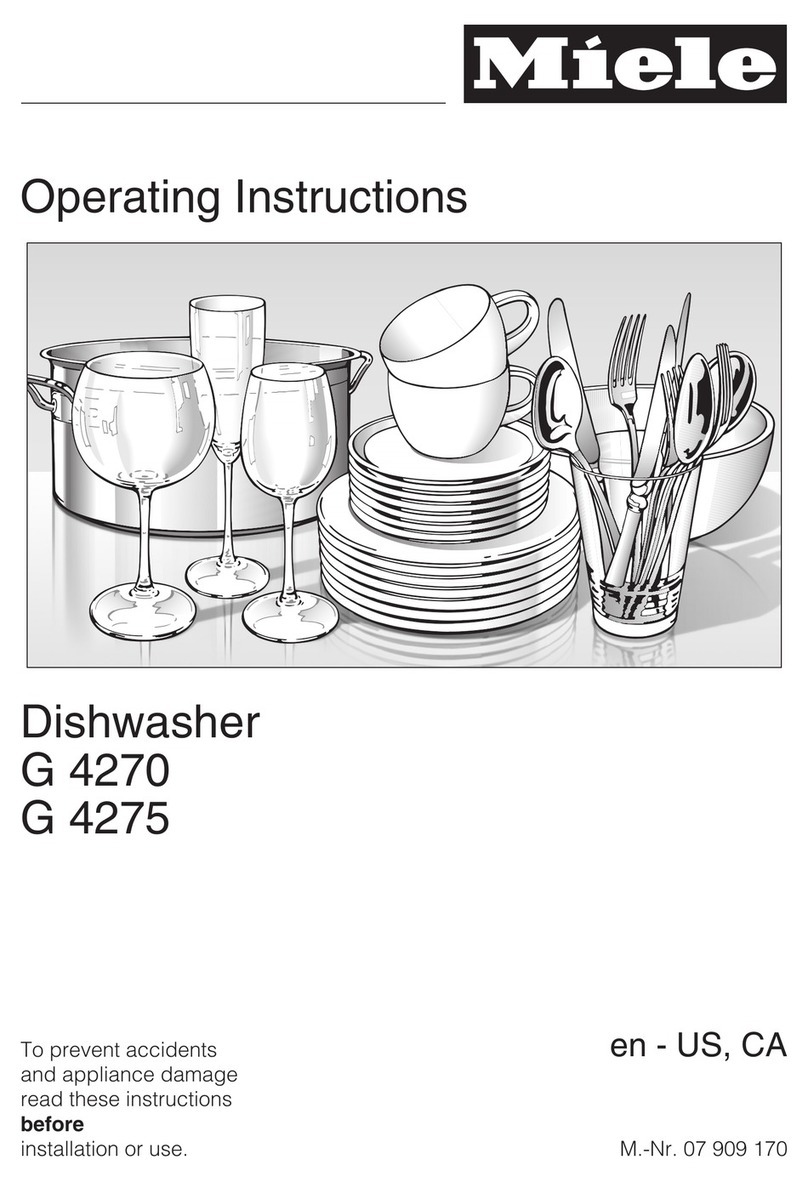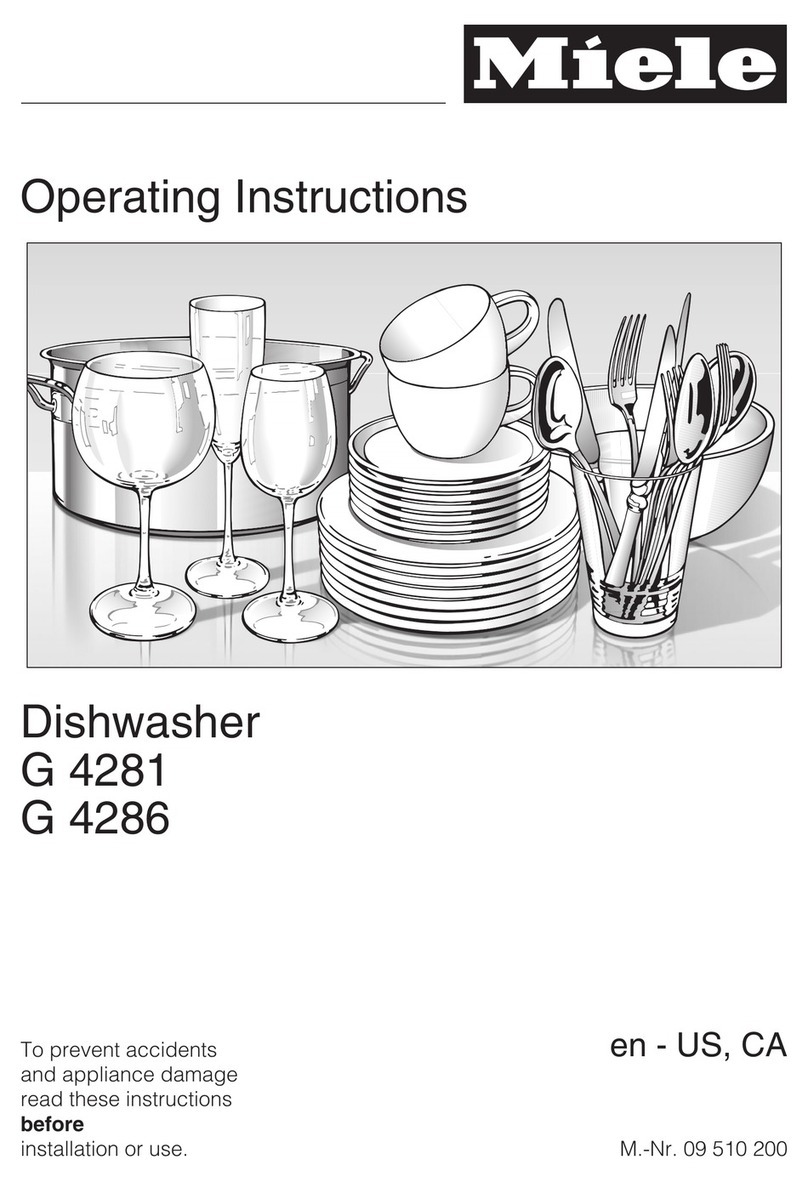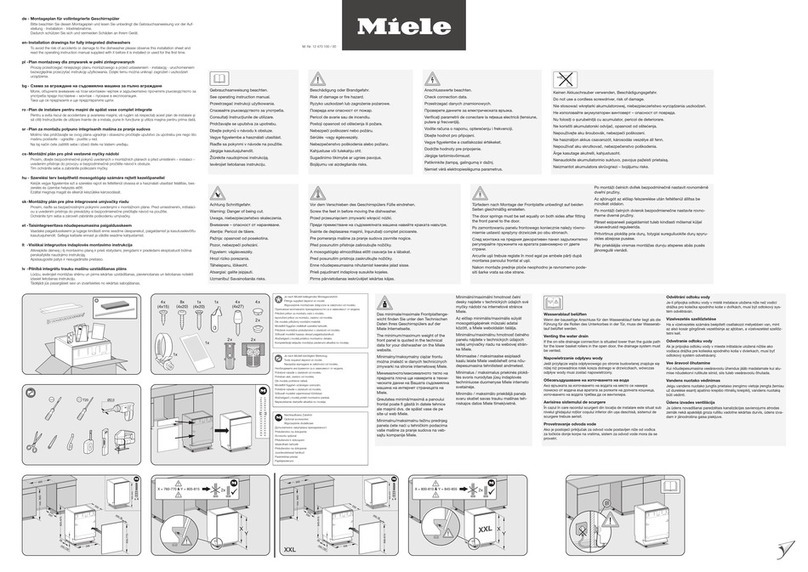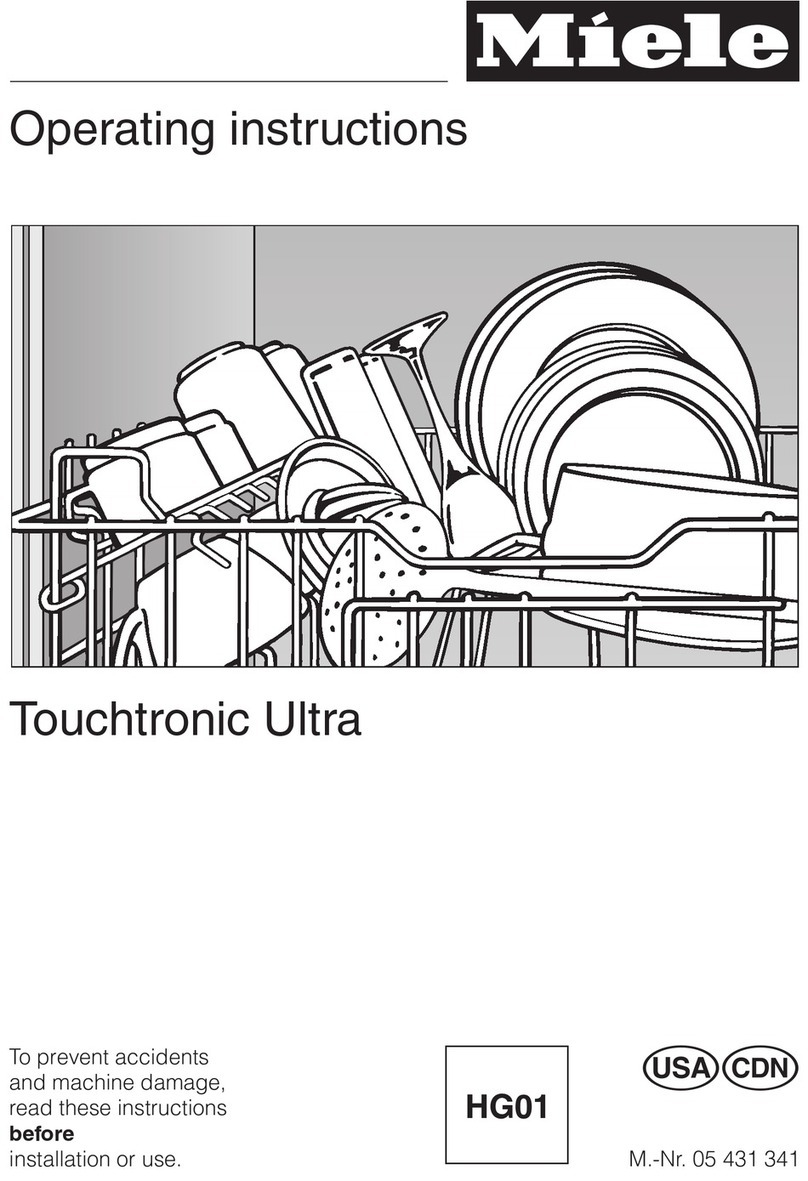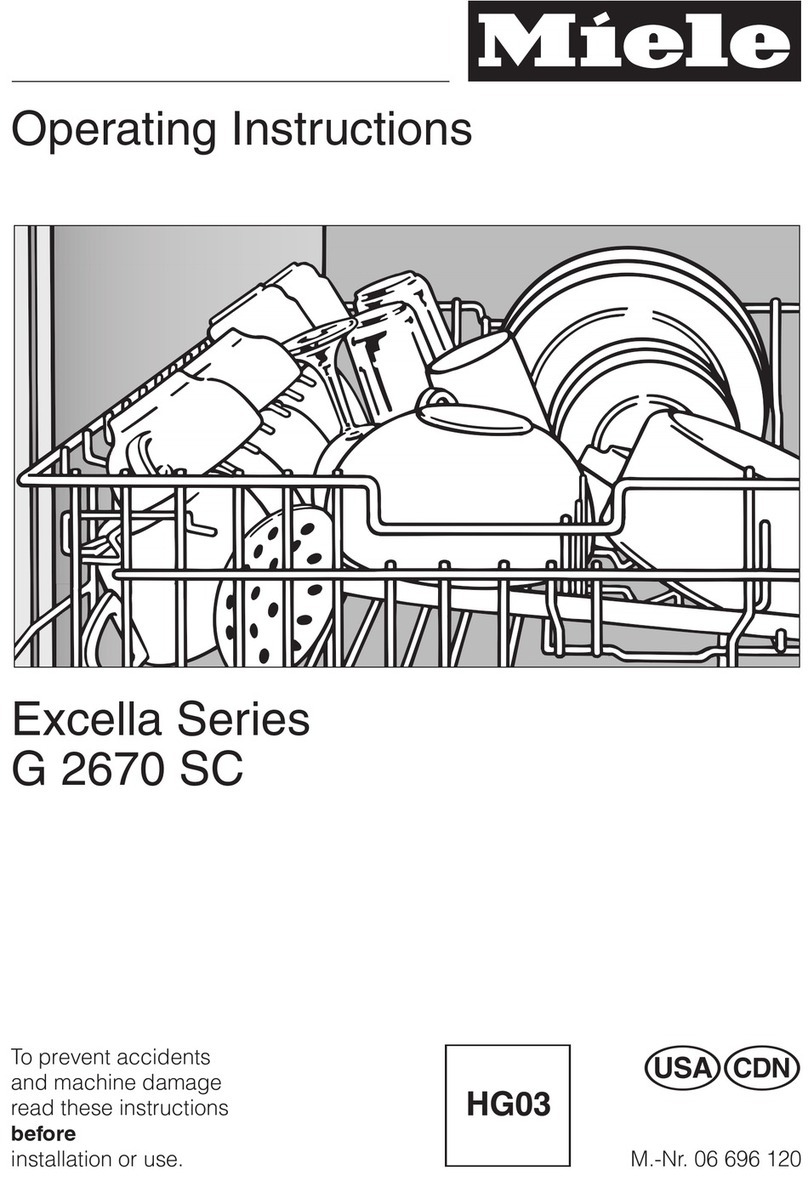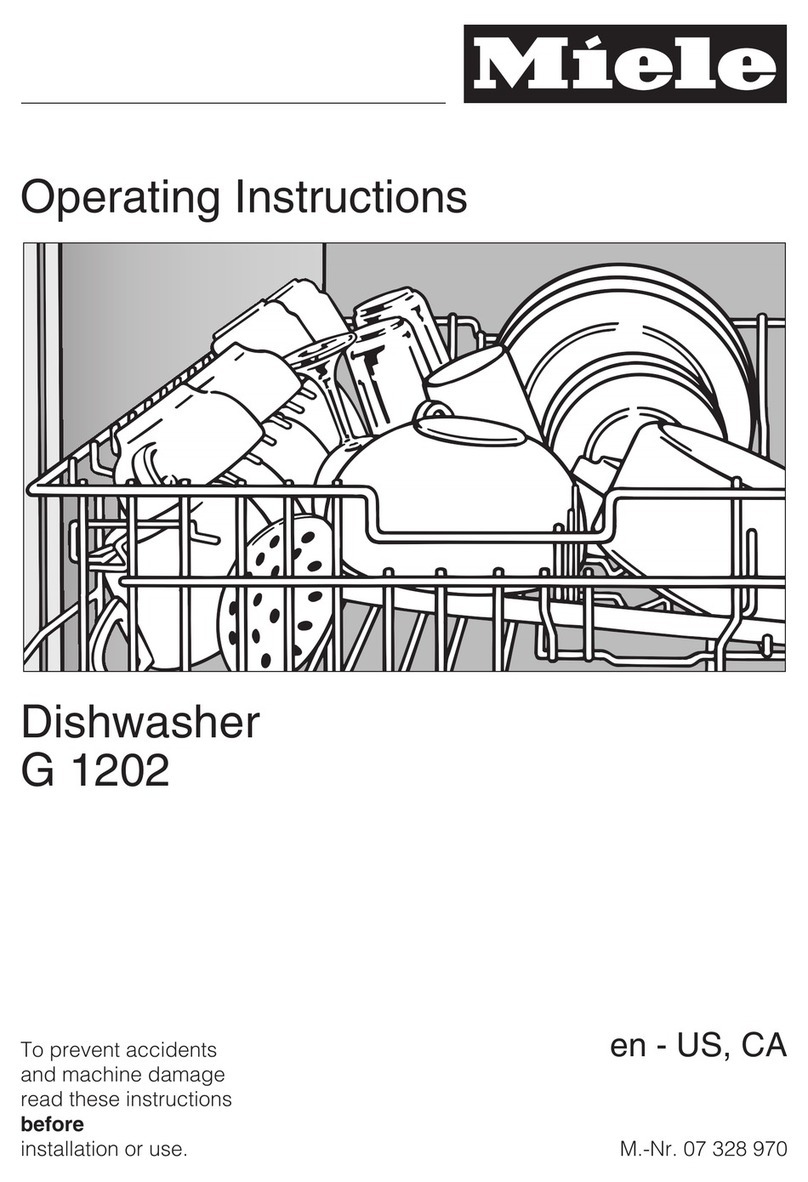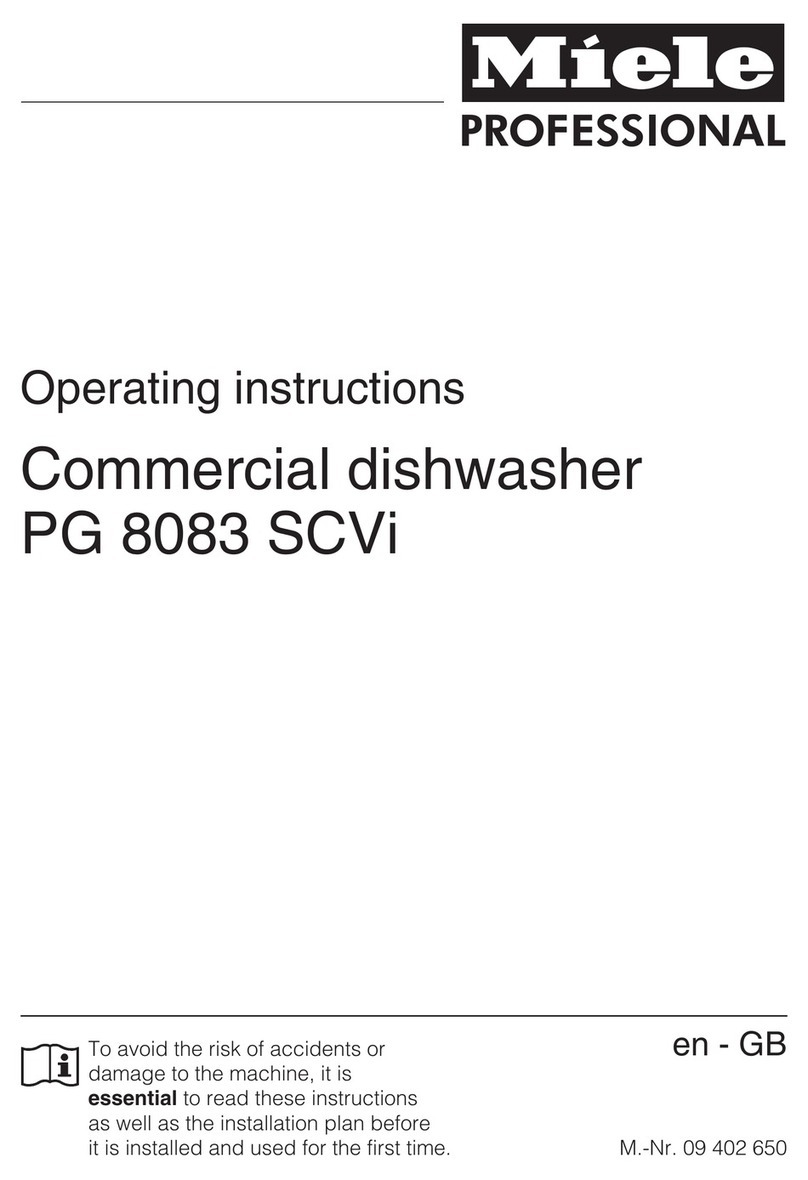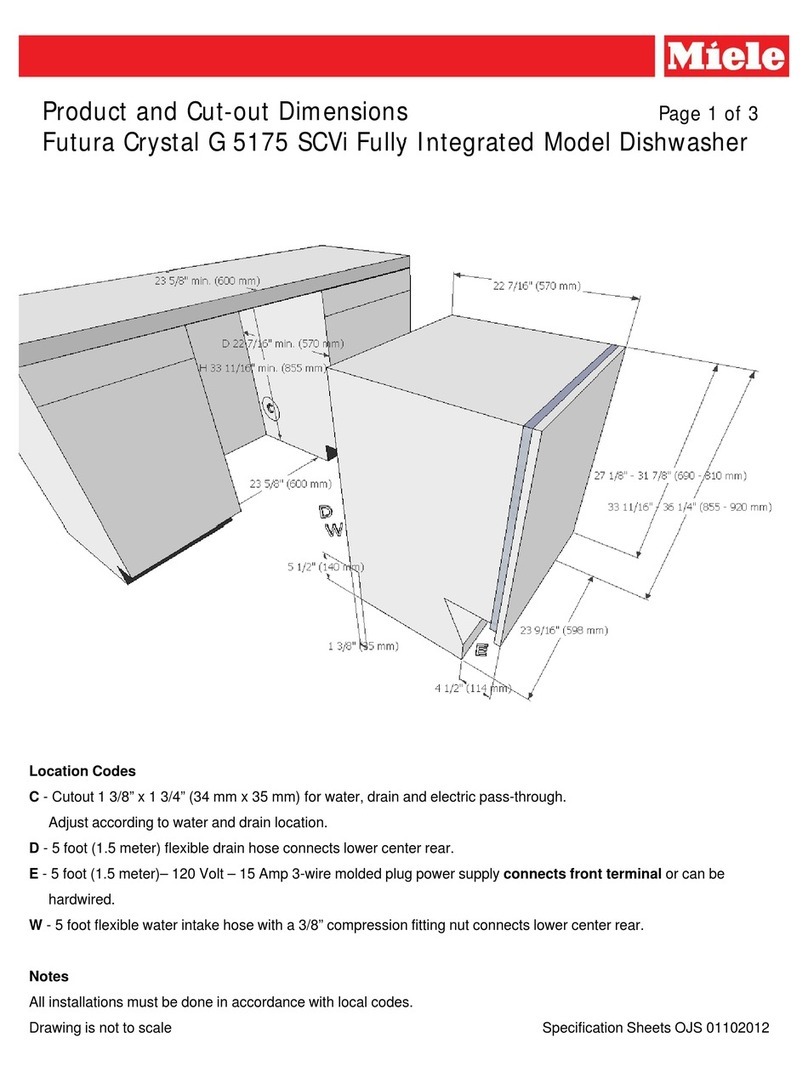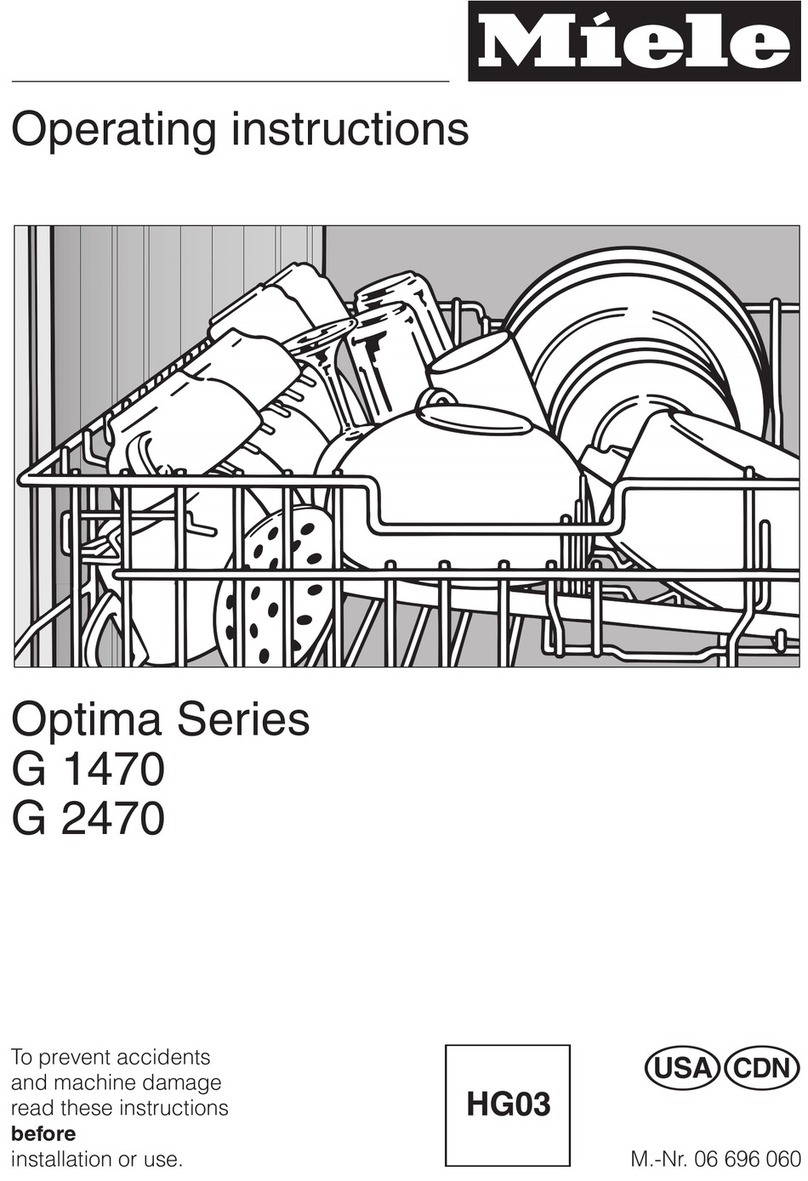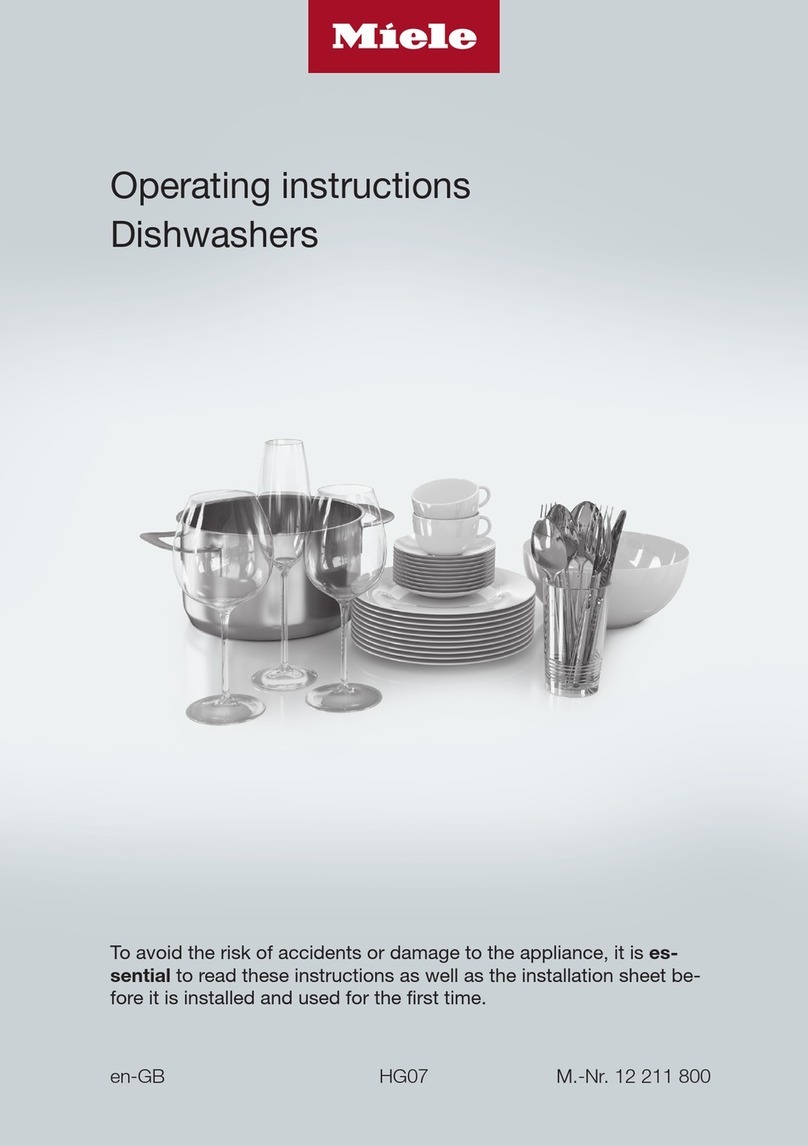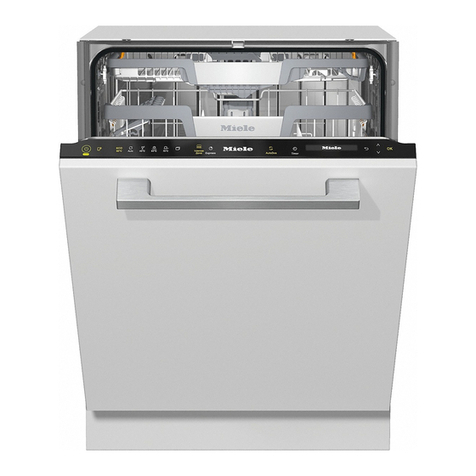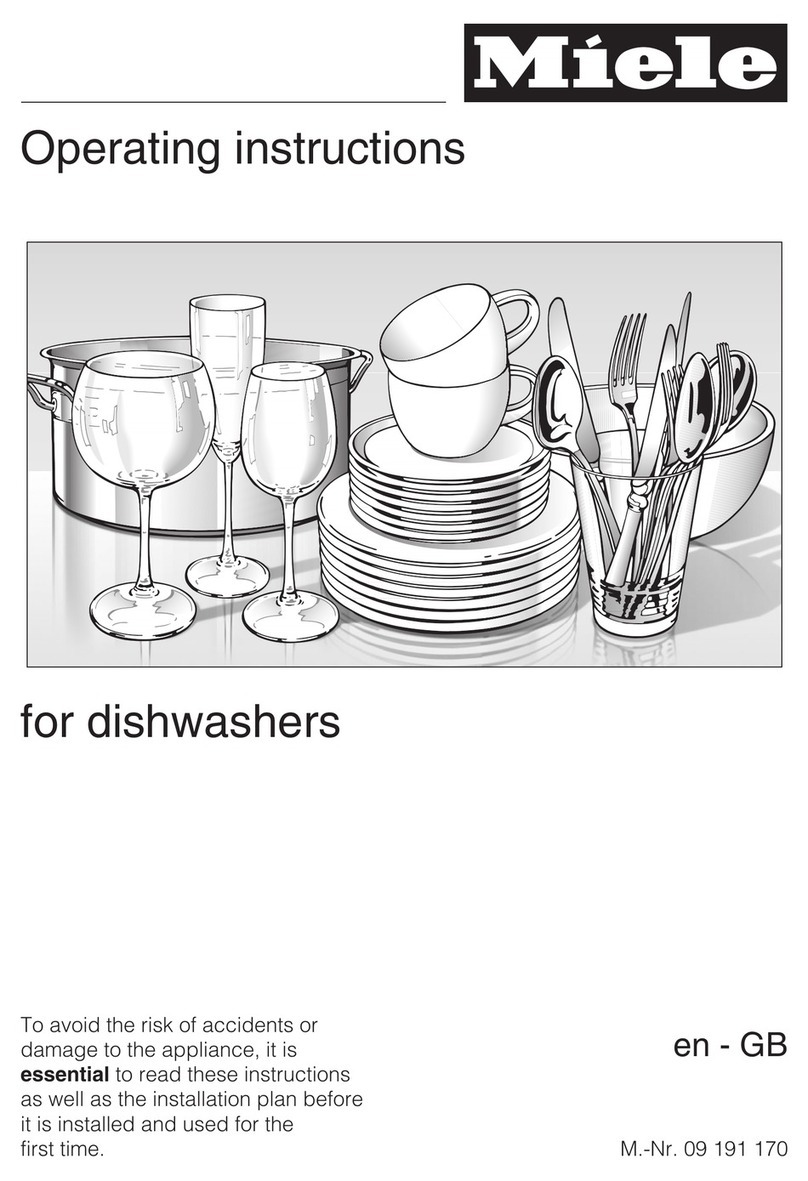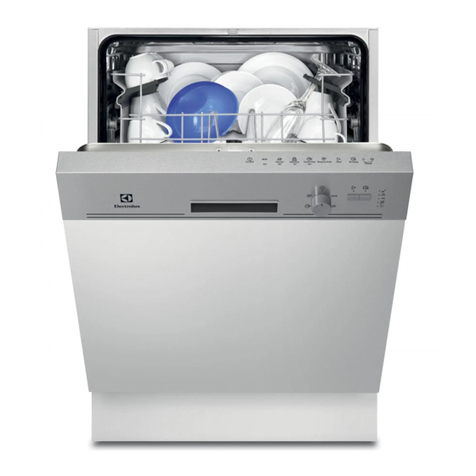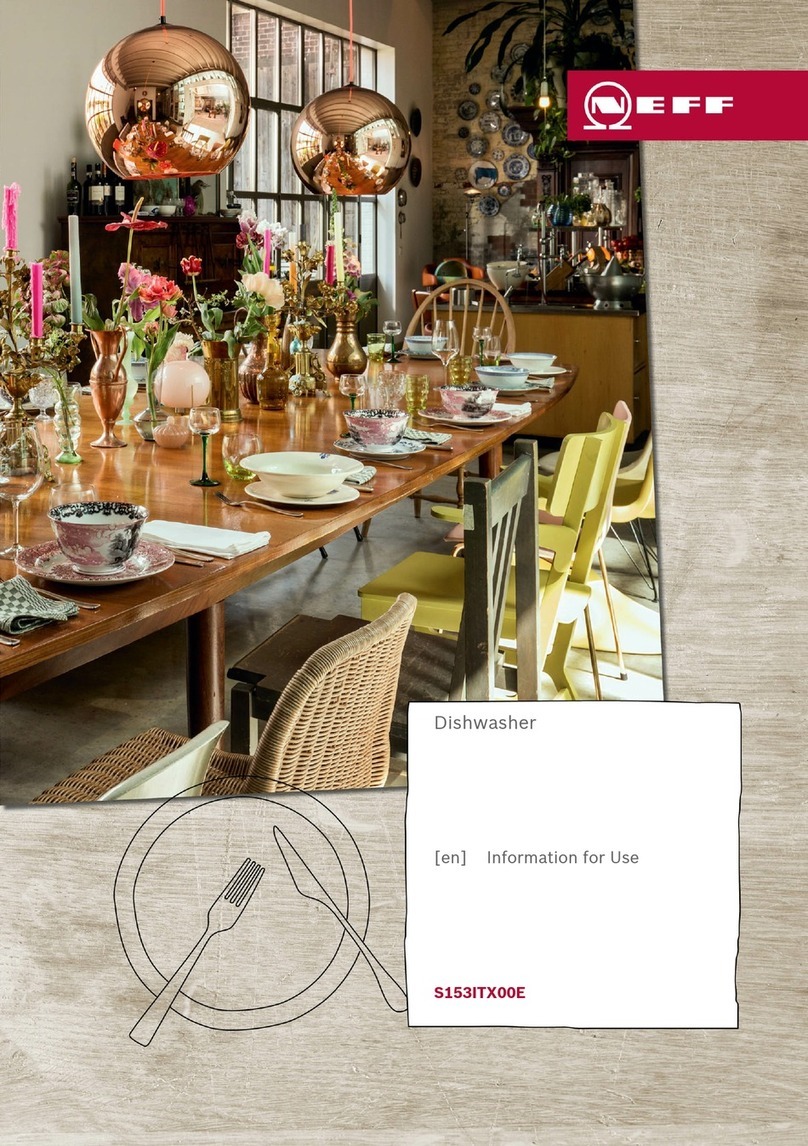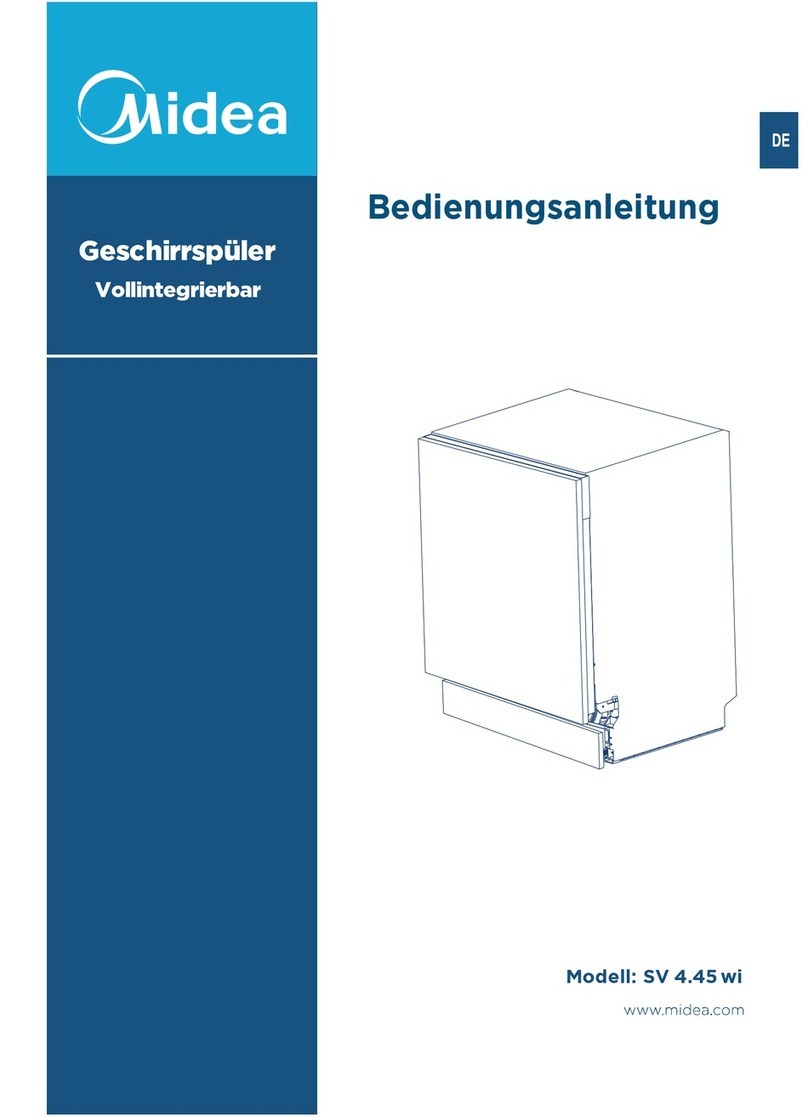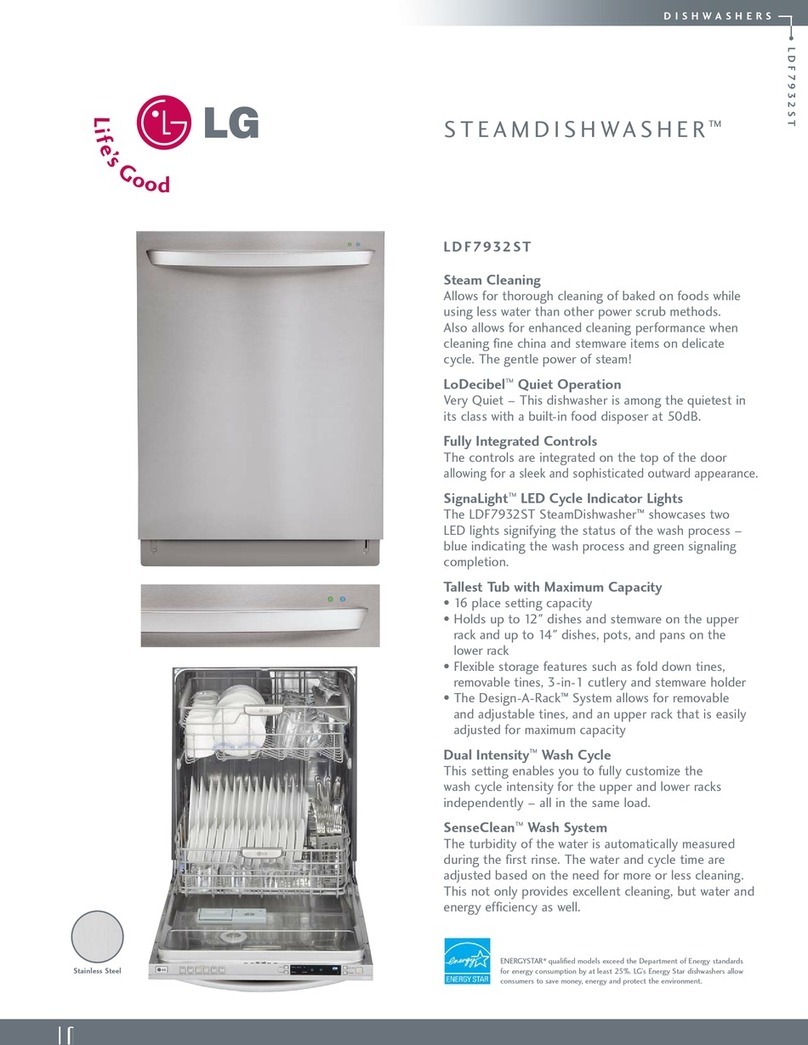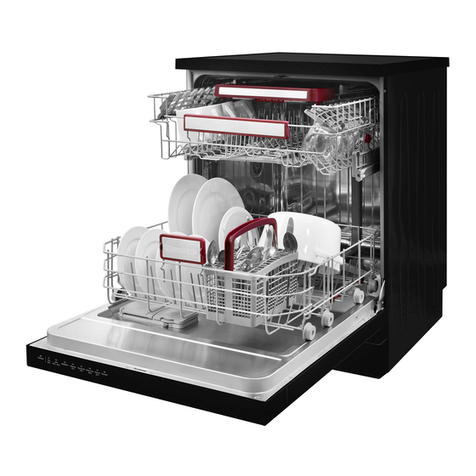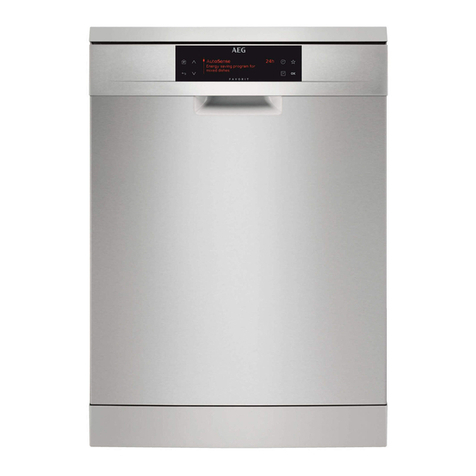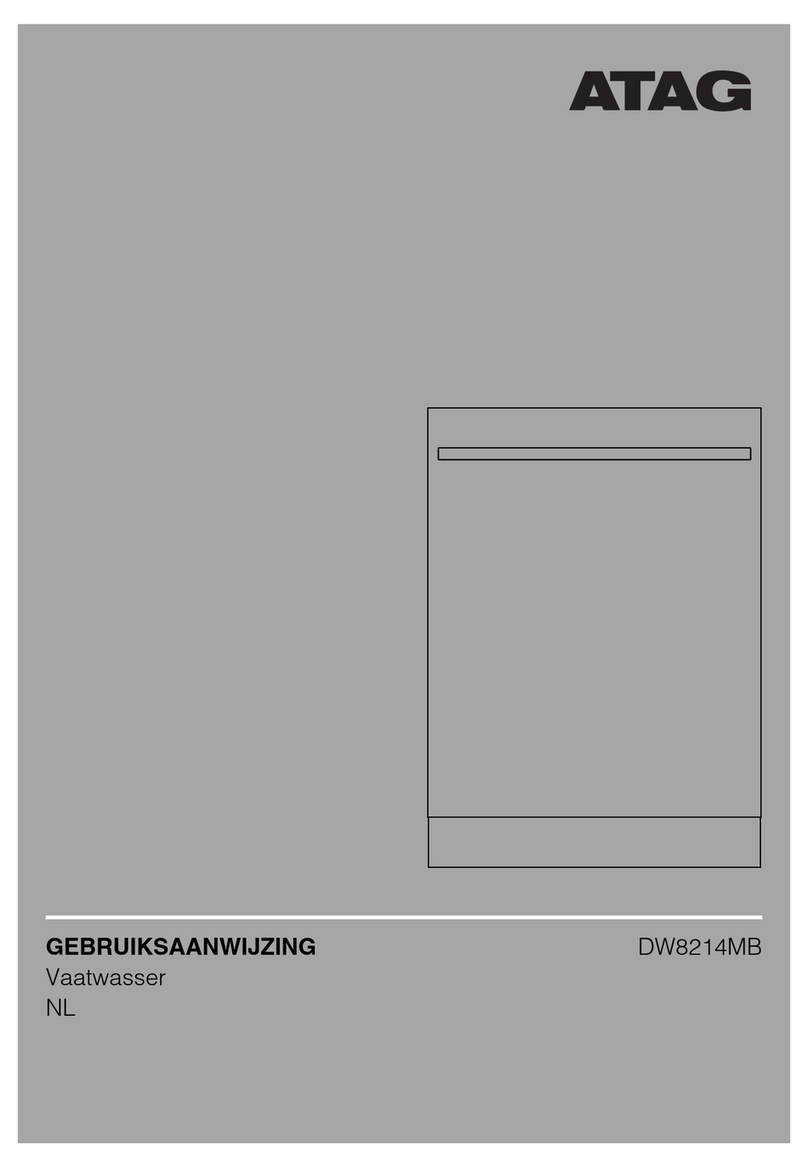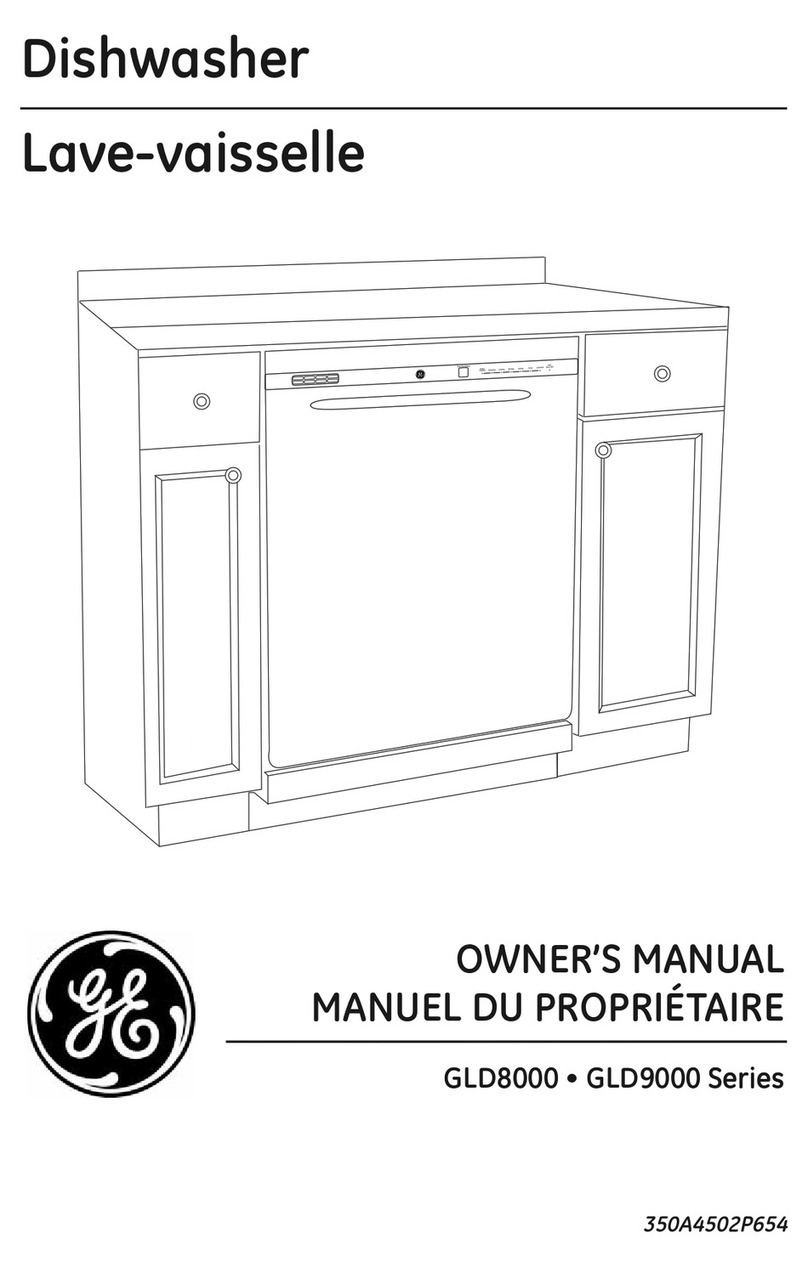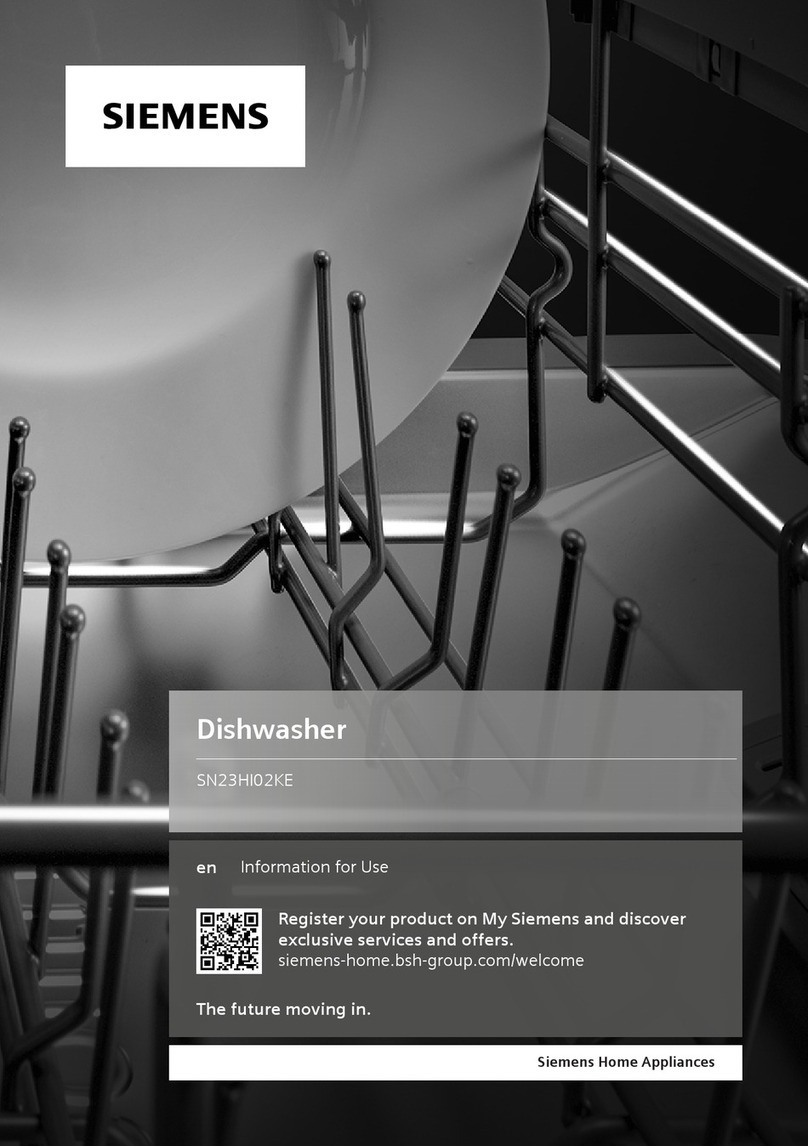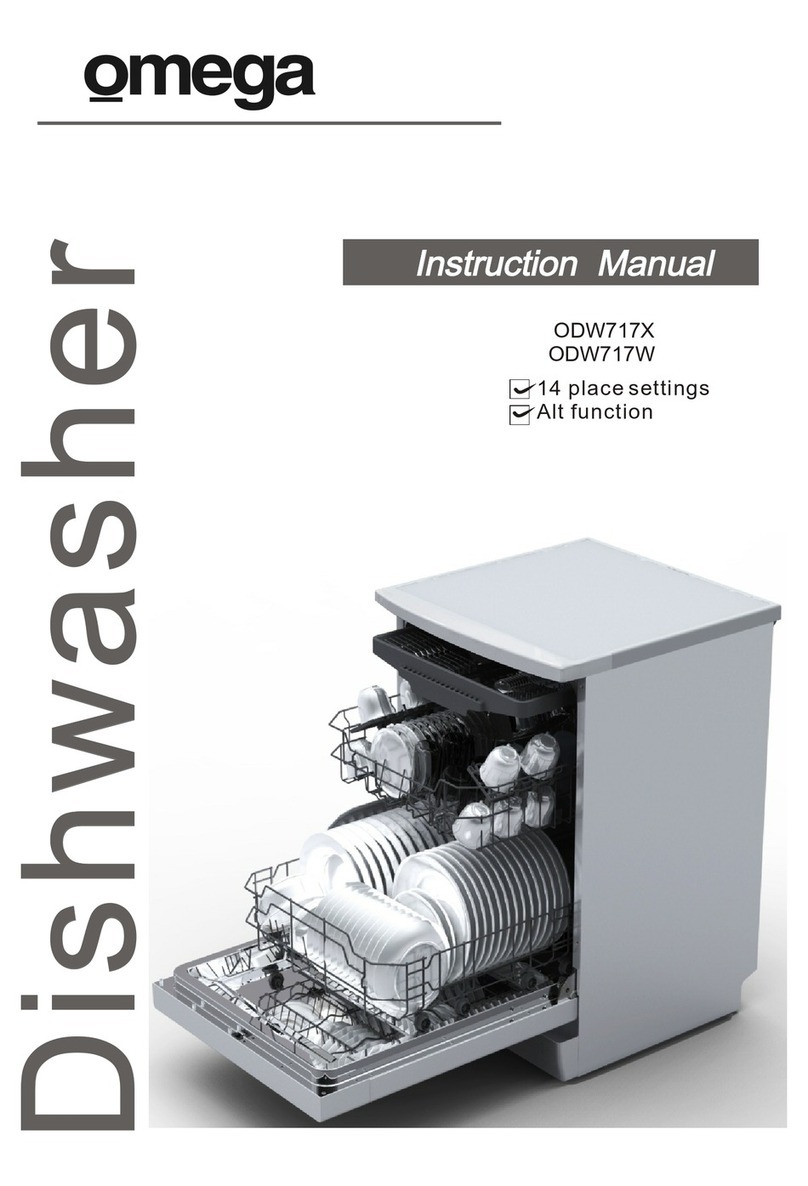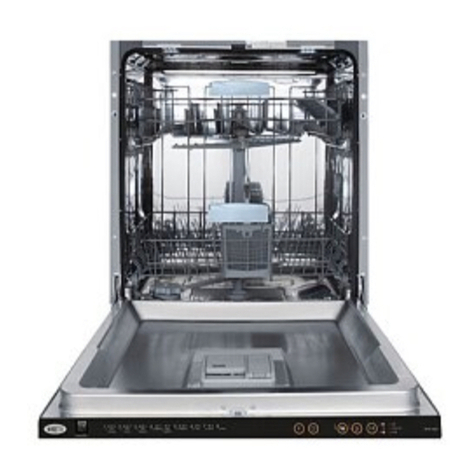
Contents
4
DOS modules .................................................................................................................... 47
Connecting a DOS module ........................................................................................... 47
Dispensing liquids ......................................................................................................... 47
Dispensing neutralizer or rinse aid .................................................................................... 48
Neutralizing agent.......................................................................................................... 48
Rinse aid........................................................................................................................ 48
Filling the reservoir ........................................................................................................ 49
Process chemicals ............................................................................................................ 51
Refilling liquid cleaning agent........................................................................................ 51
Refill indicator................................................................................................................ 52
Dispensing liquid process chemicals ............................................................................ 52
Dispensing powder cleaning agents ............................................................................. 53
Operation.......................................................................................................................... 55
Selecting a program .......................................................................................................... 55
Starting a program ............................................................................................................ 55
Starting a program using delay start ............................................................................. 55
Program cycle display ....................................................................................................... 57
Program end...................................................................................................................... 57
Interrupting a program....................................................................................................... 58
Canceling a program ......................................................................................................... 59
Program canceled due to a fault ................................................................................... 59
Canceling a program manually...................................................................................... 59
Settings ......................................................................................................................... 60
Delay Start......................................................................................................................... 61
DOS priming...................................................................................................................... 62
Language ....................................................................................................................... 63
Date ................................................................................................................................... 64
Time of day........................................................................................................................ 66
Volume............................................................................................................................... 69
Additional settings ......................................................................................................... 70
Code.................................................................................................................................. 72
Entering a PIN code ...................................................................................................... 72
Release.......................................................................................................................... 73
Log book ........................................................................................................................... 75
Temperature unit................................................................................................................ 76
Moving a program: allocating program selection buttons................................................. 77
Additional functions........................................................................................................... 78
Reset ............................................................................................................................. 79
Increased water level..................................................................................................... 79
Interim rinse................................................................................................................... 80
Dispensing systems ...................................................................................................... 81
Temperature/Time ......................................................................................................... 85
Program release ................................................................................................................ 87
Water hardness ................................................................................................................. 87
Display: Temperature......................................................................................................... 88
Display: Brightness and contrast ...................................................................................... 89
Switch off after (Auto-Off function).................................................................................... 90
Activating standby......................................................................................................... 91
Factory default................................................................................................................... 92
